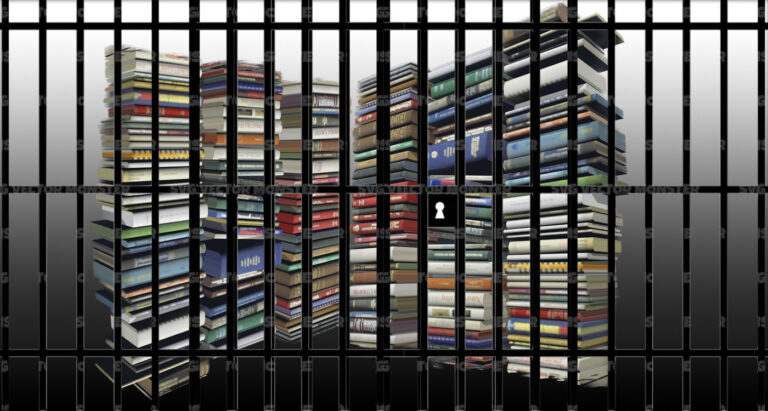
Asylum seekers: much ado about nothing
The recent increase in refugee numbers to Australia has resulted in a lot of misinformation being spread by the press and the parliament, on both sides of the political spectrum.
Commentary such as that of former Howard government immigration minister Philip Ruddock in The Australian recently, thumping the tub about how effective the Pacific Solution had been and how temporary protection visas were good because they prevented refugees from being able to bring their families to Australia, highlight both an alarming degree of xenophobia as well as a lack of compassion.
And Prime Minister Kevin Rudd’s repeated mantra about the evils of people smugglers is political rhetoric at its worst. These ‘evil’ people are no more evil than a fishing boat rental company. They provide a service, not because they have evil in their hearts but because they see an opportunity. This is merely Rudd’s attempt to appeal to conservative swinging voters, as is his persistent use of the derogatory and inaccurate phrase “illegal immigrants”.
And Malcolm Turnbull is no better, pandering to the likes of Liberal backbencher Wilson Tuckey who is trying to convince us the asylum seekers are all terrorists.
The reality is starkly different.
The Office of the United Nations High Commissioner for Refugees (UNHCR) released figures last week showing asylum applications in industrialised nations have risen by 10 per cent in the first half of 2009 compared to last year.
A total of 185,000 asylum claims were filed in the six months of this year across 38 European countries, the United States, Canada, Japan, Australia, New Zealand, and The Republic of Korea.
The number of asylum seekers in Australia increased by one quarter to 2600 people during the first half of this year. But despite this modest increase, that number is one quarter of what it was at the height of conflicts in Asia and Africa in 2000 and 2001.
The UNHCR says there are more than 42 million people forcibly displaced worldwide, of which 15 million are considered refugees. Despite fluctuations the figures show an increasing global trend each year of misplaced, displaced, stateless and destitute victims of national and civil wars, extremist religious beliefs, corrupt regimes and natural disasters.
The pattern of refugee movements is chaotic. Sometimes there are massive refugee movements and sometimes none. But the overall trend is upwards, and with one more doubling of the planet’s population predicted in the next 50 years, failing food supplies and an increasingly uncertain climate, it is likely the problem will become much worse.
But according to UNHCR statistics, Australia with a score of 0.96 ranks second-lowest out of all the industrialised nations in the number of refugees it takes in per 1000 inhabitants. At the top of the list are Canada, which takes 5.17 per 1000, and the United Kingdom which takes 4.74.
And most refugees come here on planes, not boats. Really, much ado about nothing.









